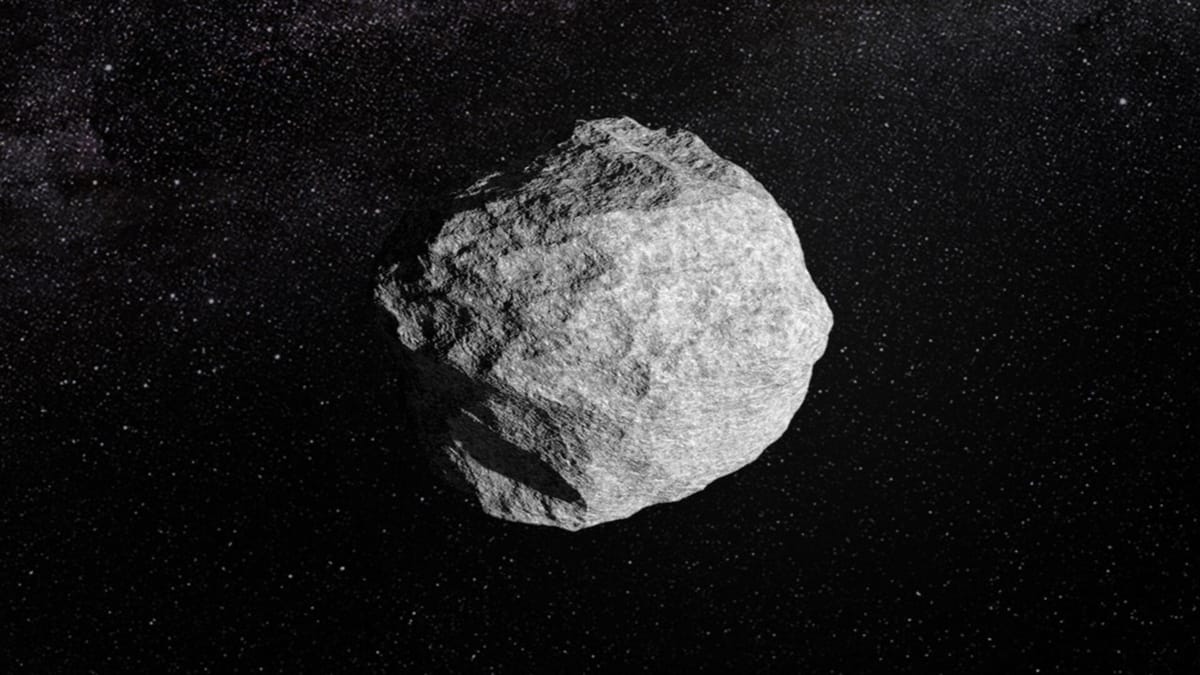ESA Monitors Newly Discovered Asteroid 2024 YR4 with a Small Chance of Impacting Earth in 2032
The ESA say that it's too early to determine where exactly on Earth a potential impact could occur.

The European Space Agency (ESA) Planetary Defence Office is closely tracking asteroid 2024 YR4, a recently discovered near-Earth object that has a small chance—currently estimated at 1.2%—of impacting Earth on 22 December 2032.
Monitoring the Asteroid’s Trajectory
Discovered on 27 December 2024 at the Asteroid Terrestrial-impact Last Alert System (ATLAS) telescope in Río Hurtado, Chile, asteroid 2024 YR4 has been placed on ESA’s asteroid risk list. With an estimated size between 40 and 100 metres, an impact from such an asteroid could cause severe local damage.
Since its discovery, astronomers worldwide have been conducting priority follow-up observations to refine estimates of the asteroid’s trajectory. The current data suggest that the asteroid has a 98.8% chance of safely passing Earth, but the small possibility of impact remains. It is classified as Level 3 on the Torino Impact Hazard Scale, meaning it warrants attention but does not yet pose an immediate threat.
International Response Efforts
Given its size and impact probability, asteroid 2024 YR4 has activated two UN-endorsed asteroid response groups:
- The International Asteroid Warning Network (IAWN): Chaired by NASA, IAWN coordinates global asteroid tracking and impact risk analysis. ESA is working alongside IAWN to enhance observations and update risk assessments.
- The Space Mission Planning Advisory Group (SMPAG): Led by ESA, SMPAG facilitates international collaboration on asteroid mitigation. The group will meet next week in Vienna to discuss potential response strategies if the impact probability remains above 1%. This could include evaluating options for a spacecraft-based intervention.
Next Steps in Tracking 2024 YR4
The asteroid is currently moving away from Earth in a near-straight trajectory, making it challenging to refine its orbit. It will eventually fade from view, but ESA plans to use powerful telescopes, including the European Southern Observatory’s Very Large Telescope in Chile, to gather as much data as possible before that happens.
If observations cannot fully rule out an impact before the asteroid disappears from view, it will remain on ESA’s risk list until it becomes observable again in 2028.
A Growing Awareness of Near-Earth Objects
As asteroid detection technology improves, scientists expect to identify more near-Earth objects that might have previously gone unnoticed. While most will pose no significant risk, planetary defence efforts ensure that any potential threats are identified and monitored well in advance.
For now, ESA and NASA continue to refine their calculations on asteroid 2024 YR4, with updates expected as new data becomes available.

